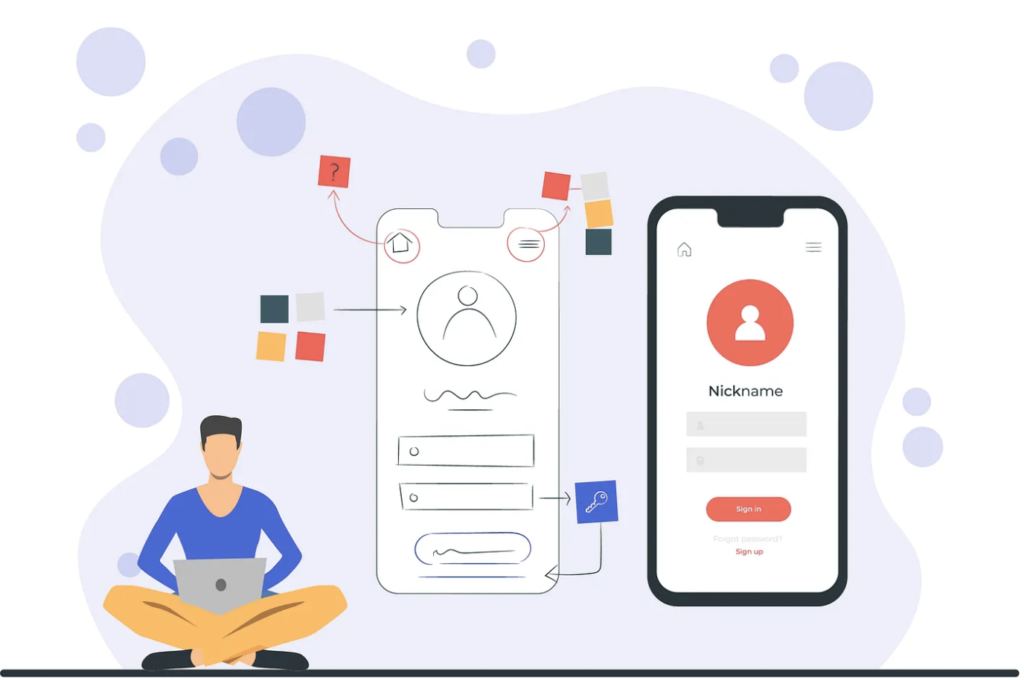Blog
Navigating UX roles: from UX prototyper to senior designer
In the dynamic field of User Experience (UX), there appears to be some confusion among recruiters regarding the types and levels of UX roles. I’ve encountered queries ranging from whether I focus on research or only handle wireframes and prototypes to receiving job offers for junior-mid level positions where expectations were unclear. Recognizing this ambiguity, I believe it’s essential to provide a comprehensive clarification of User Experience (UX), a relatively new discipline and practice.

The emergence of UX designer roles occurred not long ago—perhaps not even a decade. While the responsibilities of these roles are still evolving, they fundamentally involve designing a digital product experience by understanding user needs and desires, aligning with business objectives. The outcome of this design process is often presented as a mock-up of the user interface, tailored to specific devices (mobile and desktop), and featuring interactivity akin to the final software product. These prototypes can serve as initial proof-of-concept sketches for testing (referred to as wireframes) or as final “high-fidelity” design screens that closely resemble the actual product to be developed. Software engineers then use this final design to build the product.
Addressing the multifaceted challenges of UX design, a UX Designer must adeptly gather and analyze user research to discern user needs, analyze business objectives to align project scope and planning, collaborate with content creators and developers to gather essential information on content relations and hierarchy (information architecture), and and technical specifics, and design workflows (user-flows) for seamless navigation. This comprehensive process includes creating wireframes for individual screens and interactive prototypes. UX designers, therefore, need a blend of analytical, artistic, and technical skills, encompassing knowledge of color, typography, layout creation, as well as the ability to create icons, illustrations, and photo images to convey brand and mood. Additionally, adhering to design quality standards related to usability and accessibility is crucial.
In essence, a proficient UX designer should possess the capability to handle everything from research to information architecture, from basic mock-ups to high-fidelity screens and prototypes. Successful UX designers exhibit a combination of analytical, artistic, and technical skills, coupled with a basic understanding of coding to effectively communicate designs to developers.
What about the various levels or titles associated with UX roles? Titles such as UX Designer, User Experience Designer, Junior and Senior, UX Architect, UX Lead, Principal UX, User Experience Expert, Sr. Human Factors Engineer, and UX Engineer abound. Generally, roles with Senior, Architect, Lead, Principal, and Engineer in the name imply a senior-level designation. However, it’s important to note that each company may interpret and apply its own set of skills to a senior role. In summary, senior-level UX roles demand extensive knowledge and design experience across various UX domains, complemented by strong interpersonal and organizational skills.
